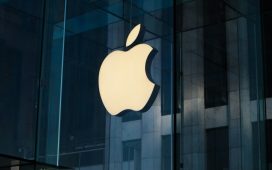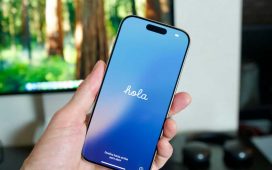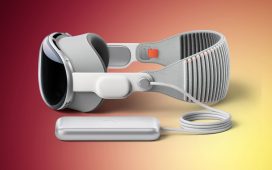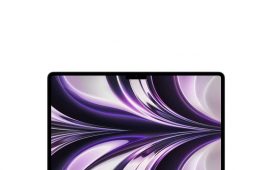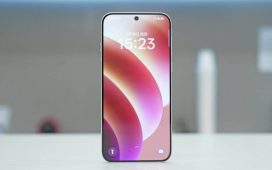Apple’s iPhone 16 lineup is now out. And you may be wondering whether to go with the $800 baseline model or pay more for the iPhone 16 Pro, which starts at $1,000.
For the first time in years, Apple’s regular iPhone has gotten a significant upgrade. The iPhone 16 has two new hardware buttons, a bigger battery, a new ultrawide camera, a new A18 chip and it will eventually receive Apple Intelligence.
But the iPhone 16 Pro has a number of impressive additions, too. All three of the rear cameras are new or “new to the phone.” The Pro also has a larger screen with a thinner border, a new processor (Apple’s A18 Pro chip) and unique features like 4K 120fps slow motion video recording. Similar to the regular iPhone 16, the Pro has a new Camera Control button and a bigger battery.
Picking between the iPhone 16 and 16 Pro can be a challenge. But here’s a breakdown of the key specs and features for each device to help you with that decision.
Pricing and storage
The iPhone 16 starts at $800 for 128GB of storage, $900 for 256GB and $1,100 for 512GB. The iPhone 16 Pro starts at $1,000 for 128GB, $1,100 for 256GB, $1,300 for 512GB and $1,500 for 1TB.
iPhone 16 specs vs iPhone 16 Pro
| Apple iPhone 16 | Apple iPhone 16 Pro | |
| Display size, tech, resolution, refresh rate | 6.1-inch OLED display; 2,556 x 1,179 pixels; 60Hz refresh rate; 2,000 nits | 6.3-inch OLED display; 2,622 x 1,206 pixels; 120Hz adaptive refresh rate; 2,000 nits |
| Pixel density | 460 ppi | 460 ppi |
| Dimensions (inches) | 5.81 x 2.82 x 0.31 in | 5.89 x 2.81 x 0.32 in |
| Dimensions (millimeters) | 147.6 x 71.6 x 7.8mm | 149.6 x 71.5 x 8.25mm |
| Weight (grams, ounces) | 170 g, 6 oz | 199 g, 7.03 oz |
| Mobile software | iOS 18 | iOS 18 |
| Camera | 48-megapixel (wide), 12-megapixel (ultrawide) | 48-megapixel (wide), 48-megapixel (ultrawide), 12-megapixel (5x telephoto) |
| Front-facing camera | 12-megapixel | 12-megapixel |
| Video capture | 4K at 60fps; spatial video at 1080p at 30fps | 4K up to 120fps; spatial video at 1080p at 30fps |
| Processor | A18 | A18 Pro |
| RAM/storage | 128GB, 256GB, 512GB | 128GB, 256GB, 512GB, 1TB |
| Expandable storage | No | No |
| Battery | Up to 22 hours video playback; up to 18 hours video playback (streamed). MagSafe wireless charging up to 25W with 30W adapter or higher; Qi2 up to 15W | Up to 27 hours video playback; up to 22 hours video playback (streamed). MagSafe wireless charging up to 25W with 30W adapter or higher; Qi2 up to 15W |
| Fingerprint sensor | None (Face ID) | None (Face ID) |
| Connector | USB-C | USB-C |
| Headphone jack | No | No |
| Special features | Apple Intelligence, Action Button, Camera Control button, Dynamic Island, 1 to 2000 nits display brightness range, IP68 resistance, colors: Black, White, Pink, Teal, Ultramarine | Apple Intelligence, Action Button, Camera Control button, Dynamic Island, 1 to 2000 nits display brightness range, IP68 resistance, colors: Black Titanium, White Titanium, Natural Titanium, Desert Titanium |
| US price starts at | $799 (128GB), $899 (256GB), $1,099 (512GB) | $999 (128GB), $1,099 (256GB), $1,299 (512GB), $1,499 (1TB) |
| UK price starts at | £799 (128GB), £899 (256GB), £1,099 (512GB) | £999 (128GB), £1,099 (256GB), £1,299 (512GB), £1,499 (1TB) |
| Australia price starts at | AU$1,399 (128GB), AU$1,599 (256GB), AU$1,949 (512GB) | AU$1,799 (128GB), AU$1,999 (256GB), AU$2,349 (512GB), AU$2,699 (1TB) |
Cameras: The Pro’s big selling point
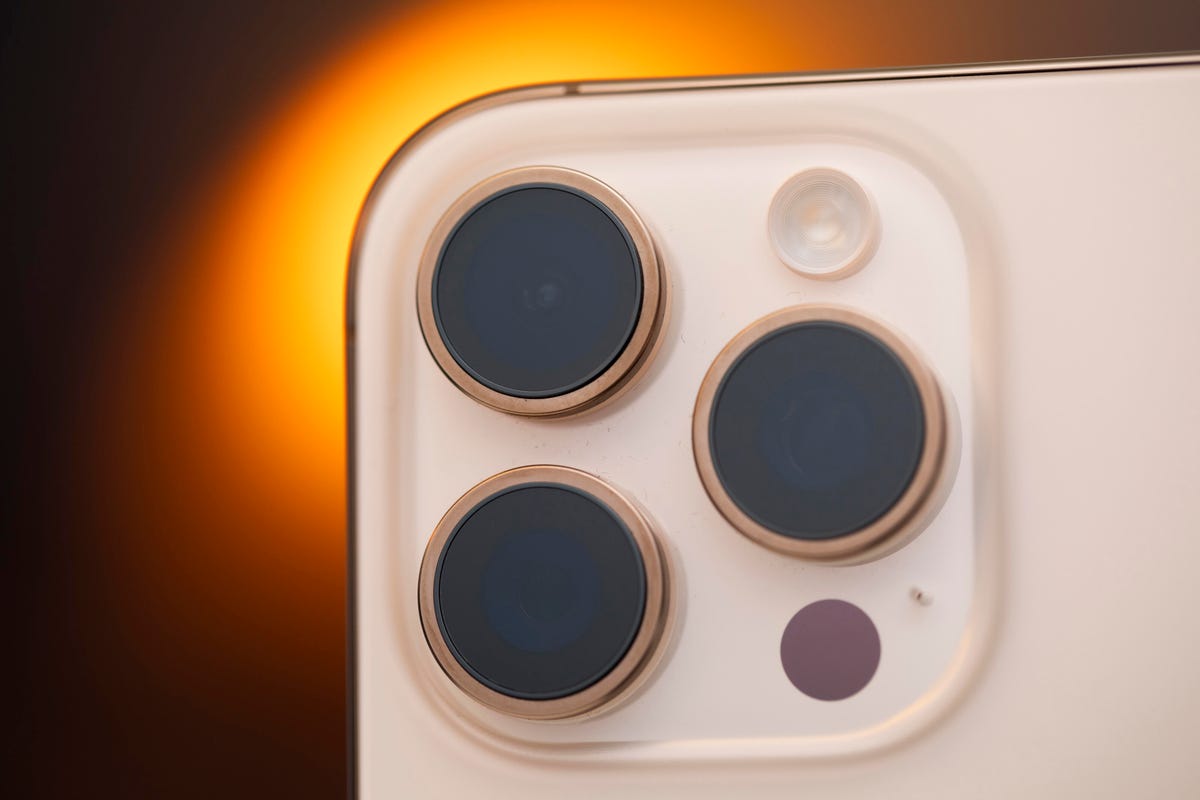
The iPhone 16 Pro has a trio of rear lenses: a wide, ultrawide and 5x telephoto.
A key draw for Apple’s iPhone Pro models is the higher-grade camera, for both photos and videos.
When it comes to rear cameras, the baseline iPhone 16 sports a 48-megapixel wide-angle camera and a 12-megapixel ultrawide camera, while the 16 Pro has a 48-megapixel wide-angle camera with a larger and faster image sensor, a 48-megapixel ultrawide camera and a 12-megapixel telephoto camera with 5x optical zoom. Both phones feature the same 12-megapixel TrueDepth front-facing camera.
For video, the iPhone 16 can shoot in 4K at 60 frames per second, in addition to 1080p spatial video at 30 frames per second. The 16 Pro has the same spatial video capacity but can also shoot in 4K up to 120 frames per second — bringing slow-motion effects to the iPhone.
See more: Apple iPhone 16 Pro Review: Compelling Upgrade With My Favorite iPhone Feature in Years
So if you want to do a bit more with your camera (or just zoom in at a concert without compromising quality), the Pro’s premium features may be tempting.
Displays, size and weight
The iPhone 16 has a 6.1-inch OLED display, while the 16 Pro’s is 6.3 inches. The 16 has a 60Hz refresh rate, while the Pro has a 120Hz refresh rate to make animations, scrolling and gaming look smoother. Both have a 460 ppi pixel density and a peak brightness of 2,000 nits.
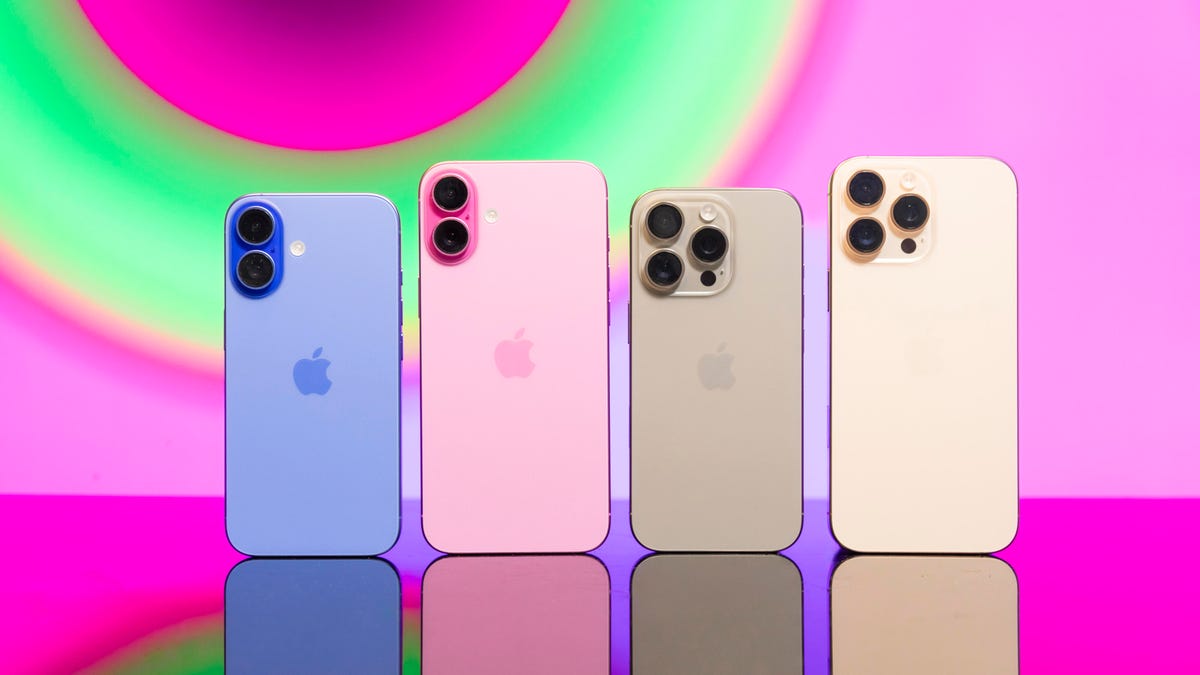
Here is the iPhone 16 family: (left-to-right) iPhone 16, 16 Plus, 16 Pro and 16 Pro Max.
The iPhone 16 is 5.81 inches tall, 2.82 inches wide and 0.31 inches thick. The 16 Pro’s dimensions aren’t too far off: 5.89 inches tall, 2.81 wide and 0.32 inches thick. The baseline 16 weighs 170g (6 ounces), while the Pro is 199g (7.03 ounces). The materials vary, too, with the iPhone 16 featuring an aluminum enclosure, while the 16 Pro is made with a titanium alloy.
Both feature Dynamic Island, as well as an Action Button and Camera Control button.
The iPhone 16 comes in Black, White, Pink, Teal and Ultramarine, while the iPhone 16 Pro comes in Black Titanium, White Titanium, Natural Titanium and Desert Titanium. Each are water resistant, with an IP68 rating.
Both support USB-C charging. There’s no fingerprint sensor on either, so you’ll need to use Face ID or a passcode.
Apple’s iPhone 16, 16 Plus Show Off Bolder Colors and Buttons
Batteries, processors and software
Apple doesn’t disclose its battery capacity but says the iPhone 16 has up to 22 hours of video playback (18 hours streamed), while the 16 Pro has up to 27 hours of video playback (22 hours streamed). Both feature wired charging (Apple doesn’t disclose the speed), and MagSafe wireless charging up to 25 watts with a 30-watt adapter or higher. They also support Qi2 charging, up to 15 watts.
The 16 is powered by an A18 chip, while the 16 Pro packs the more powerful (and aptly named) A18 Pro chip. They each come with iOS 18 and will support Apple Intelligence when it arrives later this year.
iPhone 16 and 16 Pro which one should you buy?
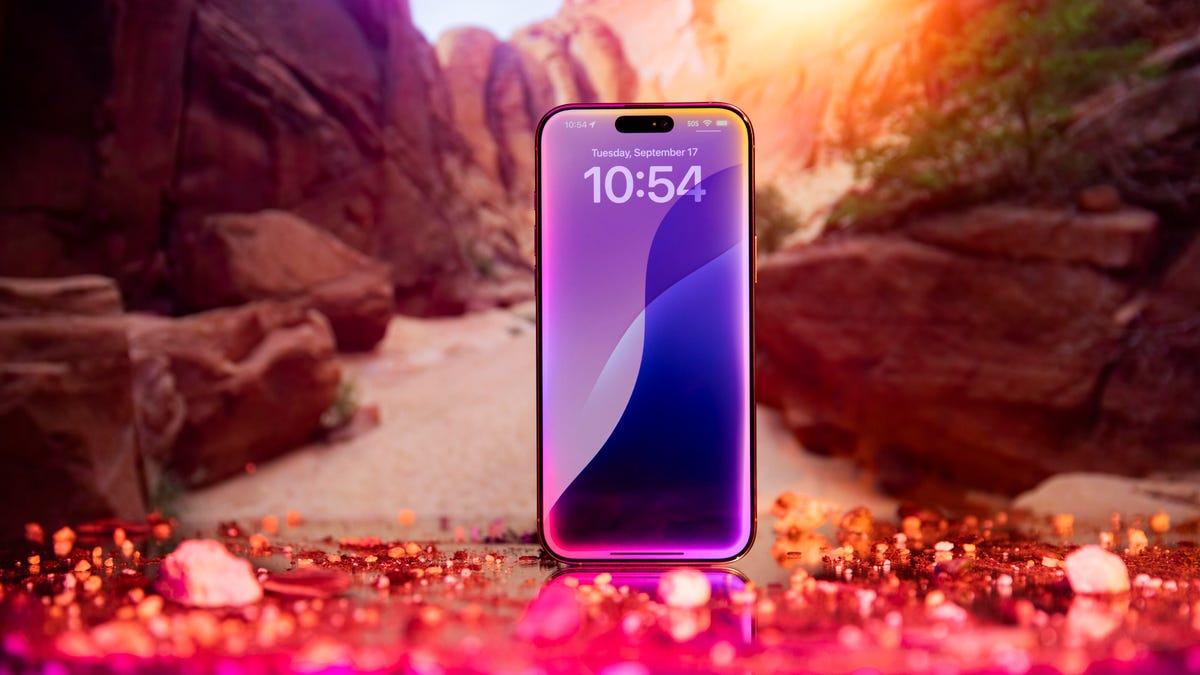
Here’s the iPhone 16 Pro running a preview version of Apple intelligence which brings a number of improvements to Siri, including a new glowing border.
For the majority of people the iPhone 16 has more than enough to offer. The cameras are great for photos and videos. The phones run iOS 18 with notable features like being able to customize your home screen and apps, new emoji tapbacks for iMessages and support for satellite texting. They even come in a variety of bright saturated colors. The iPhone 16’s biggest downside is its screen which still has a 60Hz refresh rate and looks just OK when compared to pro iPhones. If you have and iPhone 13 or older, the iPhone 16 is a wonderful upgrade.
But if you want even better cameras with the ability to zoom in really close to subjects, or just want a better display experience than the iPhone 16 Pro deserves a look. The phone packs enough niceties and offer creative types who are into photography and filmmaking plenty of expressive options — though it comes at a higher price. If you have an iPhone 12 Pro or older, than upgrading to the iPhone 16 Pro makes sense. If you’re rocking an iPhone 13 Pro and the battery capacity is getting low, it’s also worth considering the 16 Pro. But if you have an iPhone 14 Pro or 15 Pro, there’s no need to upgrade.
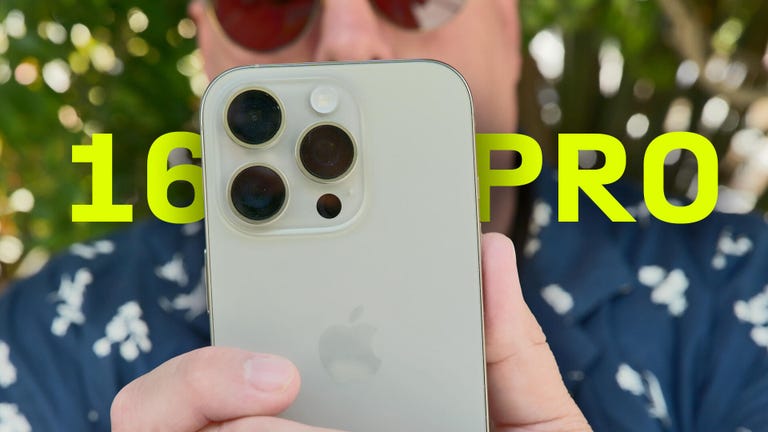
Watch this: Review: Apple’s iPhone 16 Pro Is an Impressive Upgrade

